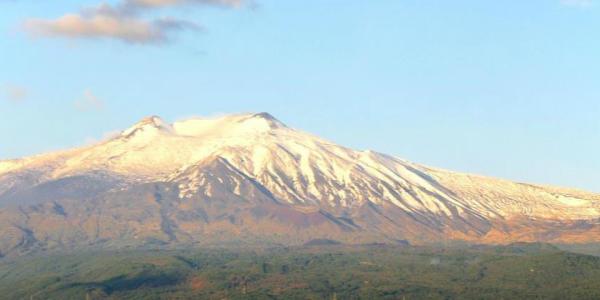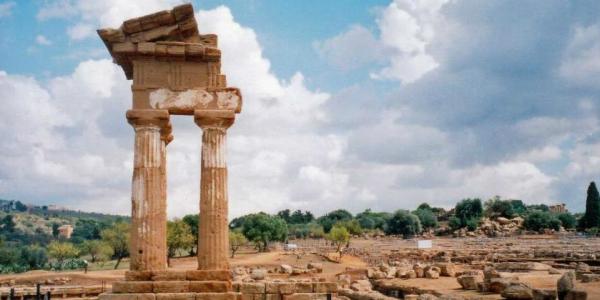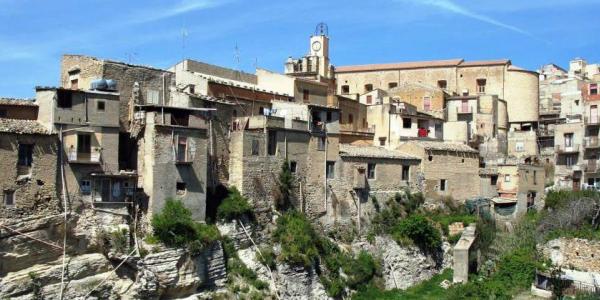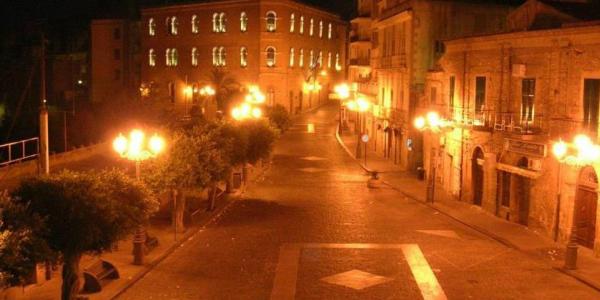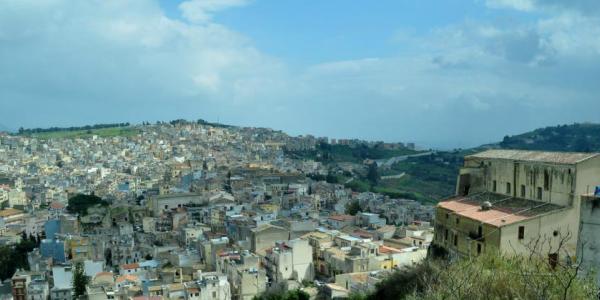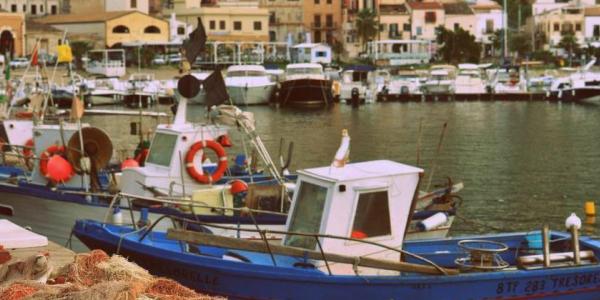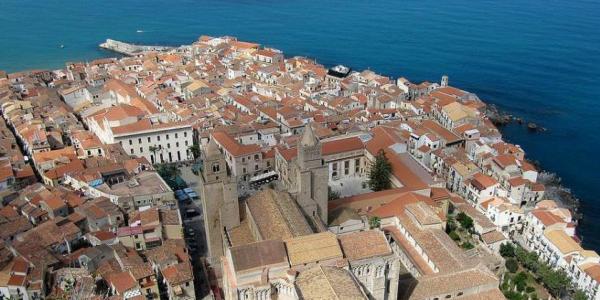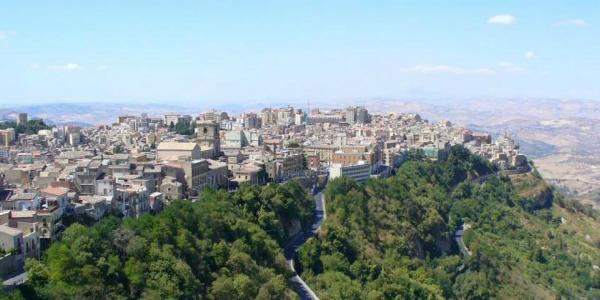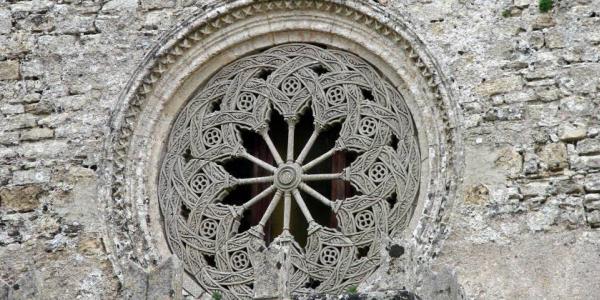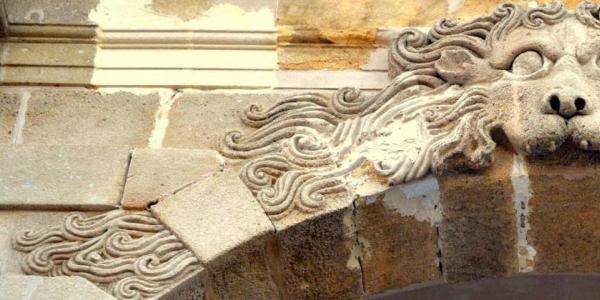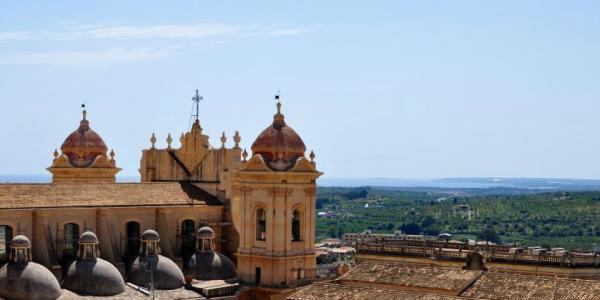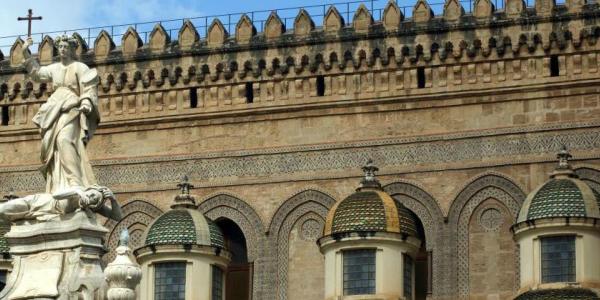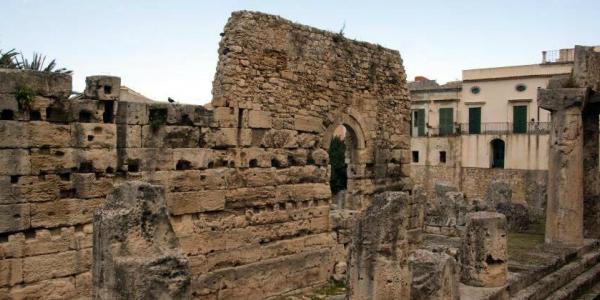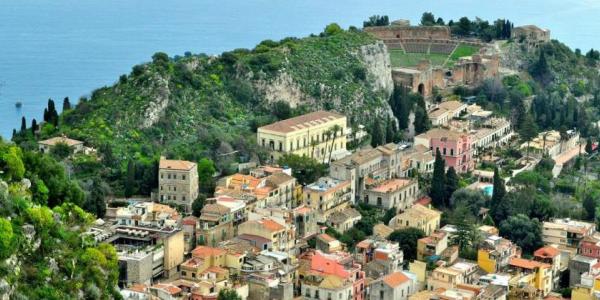Rodi Milici
The village of Rodi Milici is almost 100 kilometres from Taormina and is made up of two settlements about three kilometres apart. It is situated on the western end of Monti Peloritani not far from the neighbouring Nebrodi mountains. It has ancient origins and boasts a rich past full of history and illustrious traditions. It was first settled in prehistoric times as testified by the Necropolises of Monte Grassorella in which bronze artefacts and many other interesting objects have been found. Other evidence of early habitation includes the remains of the ancient city of Longane on Mount Ciappa, where the remnants of a city wall can still be seen today, the fortress of Pizzo Cocuzzo and the remains of a farmhouse from the Hellenistic era.
The Palazzo dei Cavalieri Gerosolimitani
The Palazzo dei Cavalieri Gerosolimitani in the central square is the symbol of the city, donated by Frederick II of Swabia to the Order of the Knights of Malta, who arrived from the Greek island of Rhodes in 1210. The building still conserves the original stone arch surmounted by the coat of arms of the Order with the cross and the royal eagle of Frederick II of Swabia.
Places to visit: the Church of San Giovanni Battista and of Santa Maria delle Grazie, dating from the Norman-Swabian period; the 17th Century Church of San Rocco; the Church of San Bartolomeo (16th century); the Church of San Filippo d’Agira; the Church of Idria, with its cinquecentesco design; the 18th century Palazzo Colloca; the Gallery of Contemporary Art and the “Longane” Municipal Library. In the Bernardello area you can visit the remains of the “Torre del Kaid”, a watch-tower dating from the twelfth or thirteenth century which according to popular legend was the residence of an Arab general.
The Nebrodi natural park
The Nebrodi natural park with an area of 860 square kilometres is the biggest protected area in Sicily and encompasses many of the towns and villages of the provinces of Messina, Catania and Enna. It is regarded as the island’s green belt with rich vegetation, fauna and natural environments with unique characteristics.
 3760038616_88c8b8c176_o_rszx.jpg)
Galati Mamertino
The town of Galati Mamertino emerged in the mediaeval era and from the start was known for its walls. The name Galati derives from the Arabic word Qal'at in reference to the rock on which the village stands, while Mamertino refers to an ancient Sicilian people, who according to tradition, descended from the God Mars.
Piazza S. Giacomo
Palazzo De Spuches
Santa Maria Assunta Main Church
The Piazza S. Giacomo is overlooked by seventeenth century noble palaces, the Palazzo De Spuches and the Main Church, dedicated to Santa Maria Assunta. You could then continue along the narrow streets that lead to the town’s different churches, concluding the itinerary with a visit to the ruins of the Arabic-Norman castle. It is also possible to visit the Ethno-anthropological Mill and Pasta Factory in a building dating from the early 1900s, where you can see tools, instruments and machinery used in grain production and in rural society in general.
Castell’Umberto
The small village of Castell’Umberto is located in the Northern Nebrodi just inland from Cefalù and Messina. It is characterized by its fantastic location from which in addition to all the other villages around about and the splendid valleys, the visitor can enjoy views of the Aeolian Islands on one side and Etna on the other.
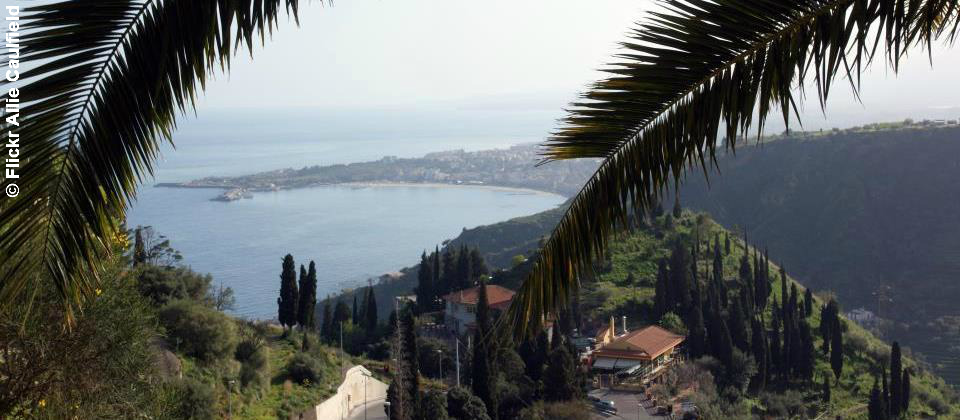
Città-giardino
Laid out as a "Città-giardino", or “garden town”, with a harmonious alternation of buildings and green spaces, the modern town centre is less than one kilometre away from the old town, the town of Catania, abandoned in 1931 due to numerous landslides affecting the entire territory, in which you can still appreciate the typically mediaeval urban fabric with its sandstone houses, the ruins of the castle, the surviving churches, the old olive mill and the fountains. To the north of the village there is a picturesque pine forest with a typical Nebrodi landscape with native flora and fauna.



